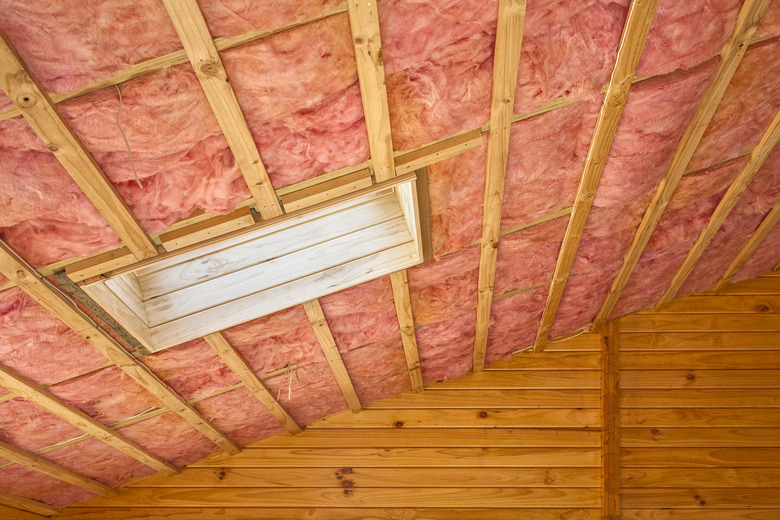Material That Keeps Things Cold & Warm
Heat is the transfer of energy from a high temperature body to a lower temperature body and is a fundamental quantity in physics. A material that inhibits the transfer of heat is known as a thermal insulator, and it is these materials that can be used to keep objects isolated from the environment and maintain a high or low temperature. There are many types of thermal insulators, and they are quantified by their R-value. The higher the R-value, the more effective it is at retarding the transfer of heat.
Aerogel
Aerogel
Aerogels are a class of solids materials that have an array of extreme properties, mainly due to their very low density. Aerogels are porous in nature and therefore are 95 to 99 percent air in volume. They can be made from a variety of materials, including silicon dioxide (silica), transition metal oxides and semiconductor nanostructures. Aerogels have very low thermal conductivities and can therefore insulate objects from extreme temperatures. As a heat insulator, it has found use in Mars rovers, refrigerators/freezers and wrapping for pipes.
Fiberglass
Fiberglass
Fiberglass is one of the most common thermal insulators used today. It consists of fine strands of glass that are weaved into an insulating material. The minute glass fibers mean it needs to be handled carefully with adequate safety equipment, such as gloves, eye protection and a mask. It is an excellent thermal insulator with R-values ranging between 2.9 and 3.8 per inch and is also cheap to buy. You'll find fiberglass insulation in the walls and attics of many modern homes.
Cellulose
Cellulose
Cellulose is a natural material found in plants and trees and is therefore an excellent choice for eco-friendly consumers. Cellulose is a linear polymer that is made up of glucose molecules. It is used to make paper, which can subsequently be recycled to produce cellulose insulation. Cellulose insulation has R-values between 3.1 and 3.7 per inch. Because the paper it is made from can burn, cellulose insulation makers typically mix it with a small amount of boric acid as a flame retardant. The high recycled content has made it a popular insulator for homes.
Polystyrene
Polystyrene
Polystyrene is a polymer material that is manufactured from petroleum. It is one of the most widely used plastics and is an excellent thermal insulator. There are two types of the material — expanded and extruded polystyrene. The two types of material offer different thermal insulation performance. Expanded polystyrene insulation has an R-value of 5.5 per inch, whereas the extruded material has an R-value of 4. Polystyrene has uses as insulation for homes, freezers and refrigerators, pipes and hot water boilers.
Cite This Article
MLA
Markings, Samuel. "Material That Keeps Things Cold & Warm" sciencing.com, https://www.sciencing.com/material-keeps-things-cold-warm-6661/. 25 April 2018.
APA
Markings, Samuel. (2018, April 25). Material That Keeps Things Cold & Warm. sciencing.com. Retrieved from https://www.sciencing.com/material-keeps-things-cold-warm-6661/
Chicago
Markings, Samuel. Material That Keeps Things Cold & Warm last modified March 24, 2022. https://www.sciencing.com/material-keeps-things-cold-warm-6661/
